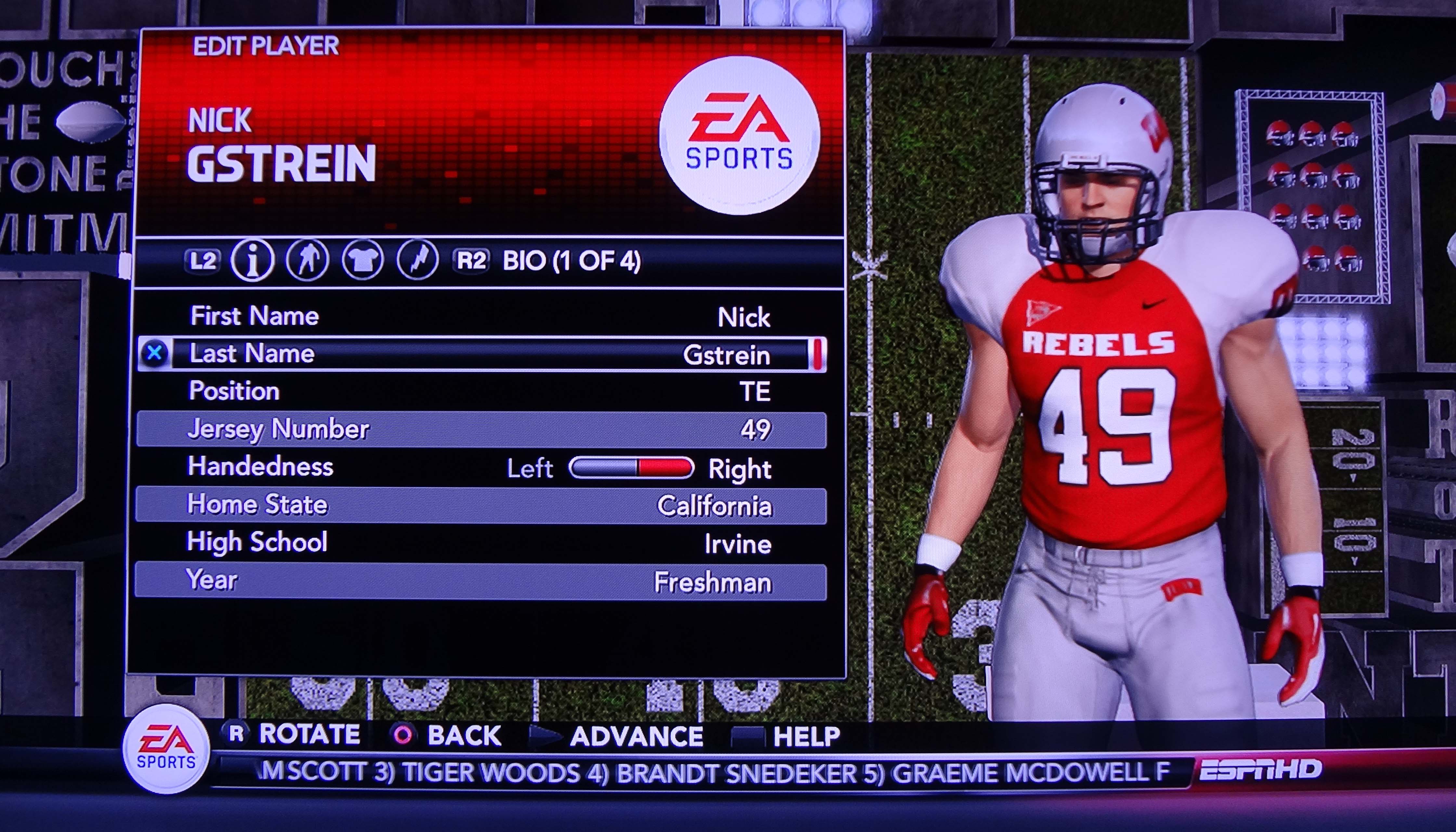

This is something I’m personally working on too. It’s definitely never comfortable to ask questions of players who might support bigoted platforms or have beliefs that don’t align with the concept of “Hockey Is for Everyone” that so many organizations claim to uphold, but I don’t think that makes it any less necessary. I also agree with Angelica in that there’s a lot of racism and bigotry perpetuated by white players, white media, and white staff. Those pieces are great, don’t get me wrong, but I also think it’s important to dissect what biases led to an incredibly over-qualified woman like Bolden being the first, and what barriers prevented other qualified Black women from coming before her. As Michelle and Leighann both mentioned, there’s always the focus on Blake Bolden being “the first,” when that’s something that’s already been discussed extensively. If we’re truly going to progress to the next level, we need to face those opinions and those issues head-on.Īnne Tokarski: I think there are a lot of issues with the framing of stories about Black women in the sport of hockey. Until recently, I’ve also seen a general silence amongst hockey writers regarding how close women’s hockey is to media outlets or people who have espoused or supported bigoted opinions. I know there have been times when I have neglected to speak candidly with players I know have had negative opinions about Black men who have been killed by police, for example. It makes it harder to spot or harder to make a big deal about but it’s there, and just because it isn’t a firing squad ready to charge or racist laws, we can not be any less quiet about it if we’re serious about making ‘Hockey Is for Everyone’ a reality and not just a meaningless tagline.Īngelica Rodriguez: My colleagues above have made great points about the issues regarding race in women’s hockey, but I think it bears talking about the underlying biases and bigotry that white players have displayed, as well as the reluctance by those covering the sport to address those issues with players directly. Instead, it’s pushing narratives that Black players on the ice are more aggressive than white players, it’s lack of appropriate equipment to care for a Black player’s hair or even a policy in place to deem their hair unprofessional, and most glaringly in the hiring processes across the board in hockey that often leaves out anyone that isn’t a white man. Most often it’s not necessarily racial slurs or rules set in place to prevent people of color from participating. Leighann Strollo: At this point in time, we see far more covert racism than we do outright racism in this space as well as a lot of others. While acknowledging the event makes sense, I feel like the resulting articles so often fall into talking about what it's like to be the first rather than why they deserve and are qualified for the job, or in the case of Bolden’s scouting job, the intricacies of it, especially during a pandemic. Just Google Blake Bolden and look at all of the headlines written about her job as an NHL scout. Michelle Jay: Far too often, we see media coverage of Black women in hockey (or any sport or field to be honest) be about “the first” even when they’ve had numerous other accomplishments previously.

Issues we have seen arise in media’s coverage of Black women in the sport:
#Ea locker ncaa 13 rosters series
Inspired by D’Angelo Russell turning a question about his reaction to the January 6 insurrection at the U.S Capitol to the media, we here at The Ice Garden virtually sat down to answer a series of questions about race and women’s hockey.


 0 kommentar(er)
0 kommentar(er)
